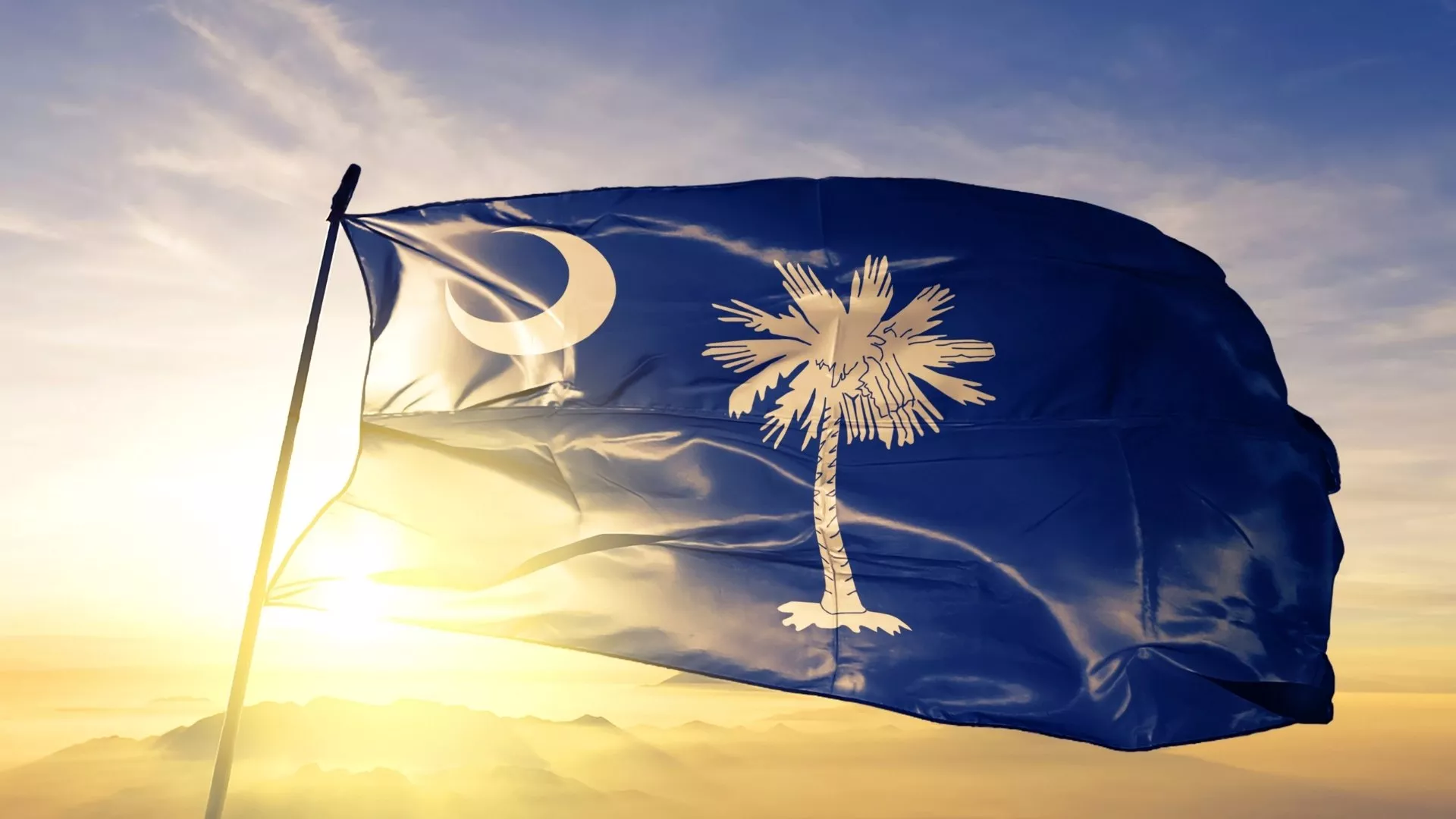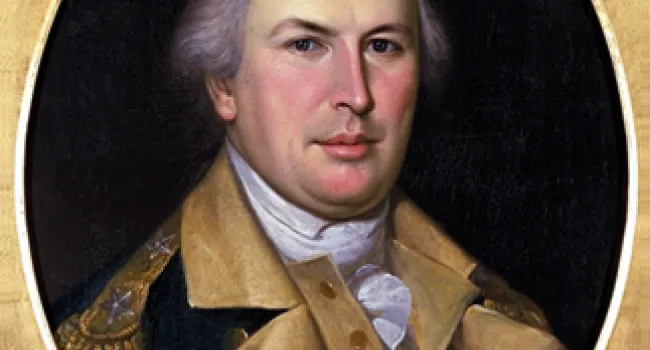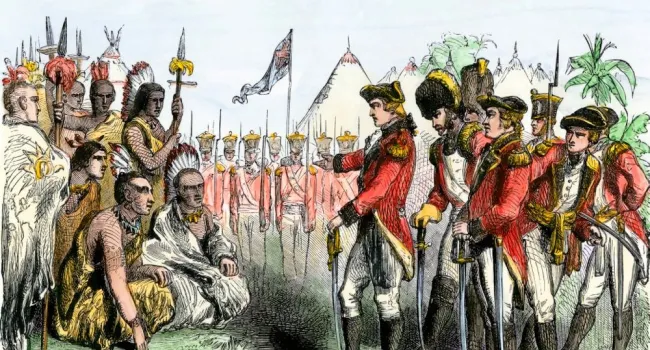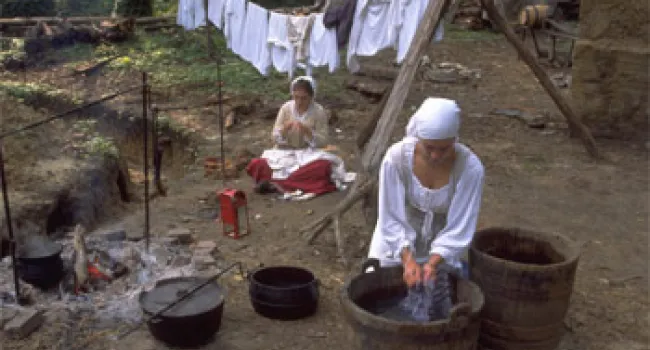
South Carolina's Slave Codes | Walter Edgar's Journal
Episode
4
Audio
Dr. Watson outlines the South Carolina Slave Code, originating with the 1740 “Negro Act.” The code is the system of etiquette for slave life, and penalties for various offenses.








